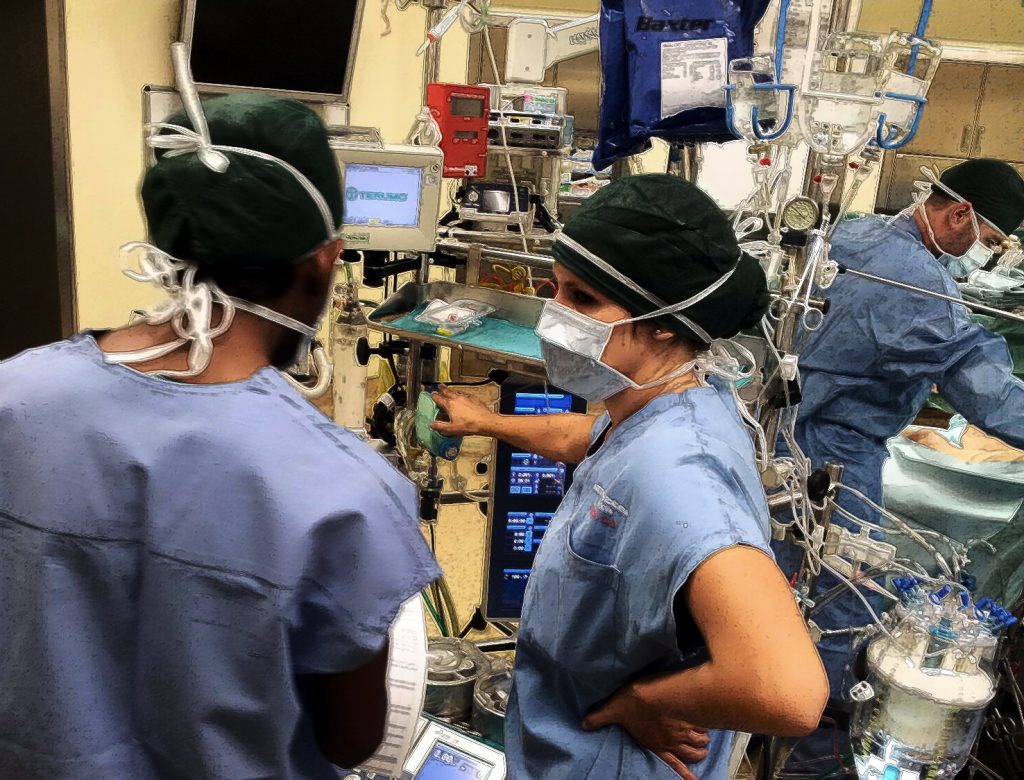Gender-Based Microaggressions in Surgery: A Scoping Review of the Global Literature

Background
In addition to systemic gender disparities, women in surgery encounter interpersonal microaggressions. The objective of this study is to describe the most common forms of microaggressions reported by women in surgery.
Methods
We conducted a scoping review using PubMed/MEDLINE, Ovid, and Web of Science to describe the international, indexed English-language literature on gender-based microaggressions experienced by female surgeons, surgical trainees, and medical students in surgery. After screening by title, abstract, and full-text, 37 articles were retained for data extraction and analysis. Microaggressions were analyzed using the Sexist Microaggression Experience and Stress Scale (MESS) framework and stratified by country of origin.
Results
Gender-based microaggression publications most commonly originated from the United States (n = 27 articles), Canada (n = 3), and India (n = 2). Gender-based microaggressions were classified into environmental invalidations (n = 20), being treated like a second-class citizen (n = 18), assumptions of traditional gender roles (n = 12), sexual objectification (n = 11), assumptions of inferiority (n = 10), being forced to leave gender at the door (n = 8), and experiencing sexist language (n = 6). Additionally, attendings were more frequently reported to experience microaggressions than surgical trainees and medical students, but more articles reported data on attendings (n = 16) than surgical trainees (n = 10) or students (n = 4).
Conclusion
While recent advancements have opened the field of surgery to women, there is still a lack of female representation, and persistent microaggressions may perpetuate this gender disparity. Addressing microaggressions against female surgeons is essential to achieving gender equity in surgical practice.
